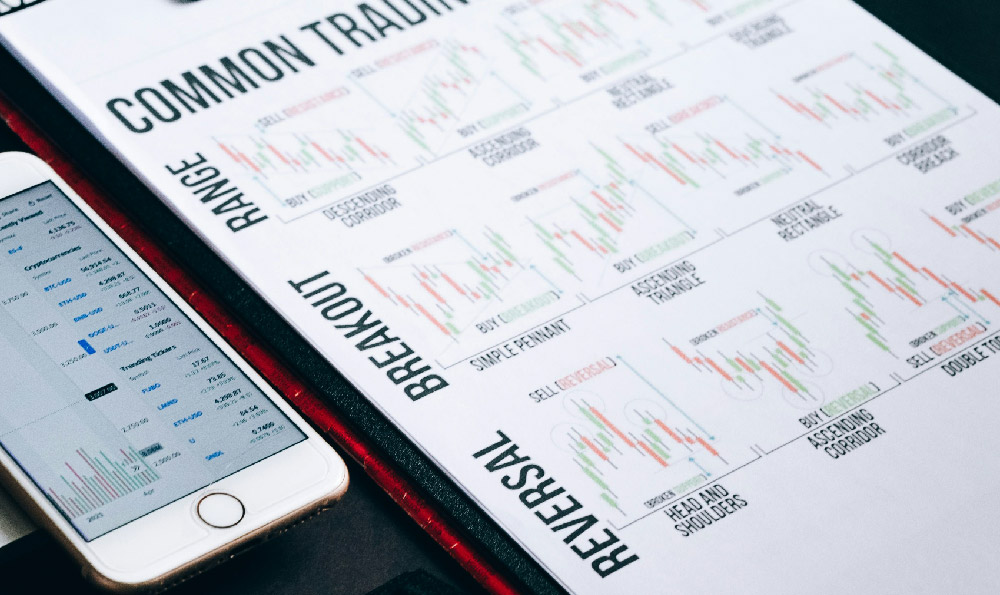Keepbit's claim of a "Fail-Safe Trading Logic" is a bold one in the volatile and often unpredictable world of cryptocurrency. Before diving into the specifics of its purported fail-safe mechanisms and exploring alternative strategies, it's crucial to understand the inherent risks associated with any trading system, regardless of its marketing claims. No system is truly fail-safe, and the promise of one should be approached with a healthy dose of skepticism.
Let's dissect what "fail-safe" likely means in the context of Keepbit and why that meaning may not be a guarantee against loss. "Fail-safe" typically implies that in the event of a failure or unexpected event, the system defaults to a state that prevents significant damage or loss. In a trading algorithm, this could involve setting stop-loss orders, limiting position sizes, diversifying across assets, or even halting trading altogether during periods of extreme volatility. The effectiveness of these measures depends heavily on the specific implementation and the market conditions under which they are deployed.
The crucial point is that these mechanisms are not foolproof. Stop-loss orders, for example, can be triggered by "flash crashes" or market manipulation, resulting in losses when the price quickly recovers. Limiting position sizes helps to mitigate risk, but even small losses can accumulate over time. Diversification reduces the impact of a single asset's poor performance, but it doesn't eliminate the risk of market-wide downturns. Halting trading during periods of volatility can prevent further losses, but it also prevents participation in potential rebounds.

Furthermore, the "fail-safe" logic is only as good as the data and assumptions upon which it is built. If the algorithm is based on historical market data that is not representative of current conditions, or if it relies on flawed assumptions about market behavior, the "fail-safe" mechanisms may prove ineffective or even counterproductive. The cryptocurrency market is constantly evolving, with new projects, regulatory changes, and technological advancements influencing price movements. An algorithm that worked well in the past may not perform as expected in the future.
To truly assess Keepbit's fail-safe trading logic, you would need to understand its specific parameters, its backtesting results, and the assumptions upon which it is based. It’s necessary to scrutinize the code, if accessible, or demand detailed explanations of its operation. Ask pointed questions about its performance during various market conditions, including bear markets, flash crashes, and periods of low liquidity. Compare its historical performance to that of other trading strategies or simply holding a diversified portfolio of cryptocurrencies.
Assuming that the promise of complete safety is overstated (as it almost invariably is), what alternatives exist for managing risk and building a sustainable crypto investment strategy? Several approaches can be adopted, often used in combination:
-
Dollar-Cost Averaging (DCA): This involves investing a fixed amount of money at regular intervals, regardless of the price. DCA helps to smooth out the impact of price volatility and can be particularly effective in bear markets, as you accumulate more assets when prices are low.
-
Diversification: Spreading your investments across a variety of cryptocurrencies, each with different use cases, market capitalizations, and risk profiles, reduces the impact of any single asset's poor performance. Consider including established cryptocurrencies like Bitcoin and Ethereum, as well as promising altcoins with strong fundamentals and growth potential.
-
Thorough Research (DYOR - Do Your Own Research): Before investing in any cryptocurrency, take the time to understand its technology, its team, its market potential, and its risks. Read whitepapers, follow industry news, and engage with the project's community. Don't rely solely on the advice of others or the hype surrounding a particular project.
-
Risk Tolerance Assessment: Carefully assess your own risk tolerance before investing in cryptocurrency. How much money are you willing to lose without affecting your financial well-being? Are you comfortable with the possibility of significant price fluctuations? Your risk tolerance should guide your investment decisions and the size of your positions.
-
Gradual Entry and Exit: Avoid making large, sudden investments or liquidations. Instead, gradually build your positions over time and gradually take profits as your investment goals are met. This helps to reduce the impact of market volatility and allows you to adjust your strategy as market conditions change.
-
Cold Storage: Store your cryptocurrencies in a cold wallet (offline wallet) to protect them from hacking and theft. Hardware wallets are a popular option for cold storage, as they provide a secure environment for storing your private keys.
-
Use of Stop-Loss Orders (with Caution): While not fail-safe, carefully placed stop-loss orders can help to limit potential losses. However, be aware that they can be triggered by flash crashes or market manipulation. Consider using trailing stop-loss orders, which automatically adjust to the price movements of the asset.
-
Profit Taking and Rebalancing: Regularly take profits as your investments appreciate and rebalance your portfolio to maintain your desired asset allocation. This helps to lock in gains and prevent your portfolio from becoming overly concentrated in a single asset.
-
Staying Informed: The cryptocurrency market is constantly evolving. Stay informed about industry news, regulatory changes, and technological advancements. This will help you to make informed investment decisions and adapt your strategy as needed.
In conclusion, while Keepbit's "Fail-Safe Trading Logic" might incorporate some risk mitigation measures, it is crucial to approach it with caution and understand its limitations. No system can completely eliminate the risk of loss in cryptocurrency trading. A more prudent approach involves combining various risk management strategies, conducting thorough research, and investing according to your own risk tolerance. Remember that successful crypto investing is a marathon, not a sprint, and requires patience, discipline, and a willingness to learn and adapt. Don't fall for marketing hype; prioritize knowledge and careful planning.











